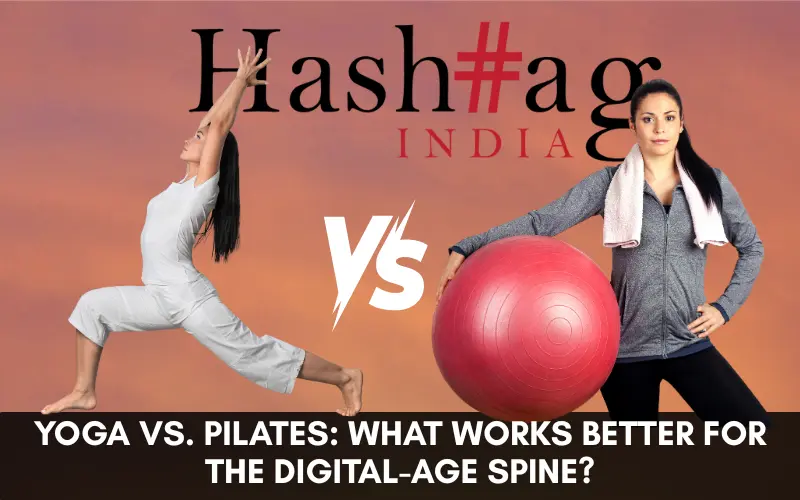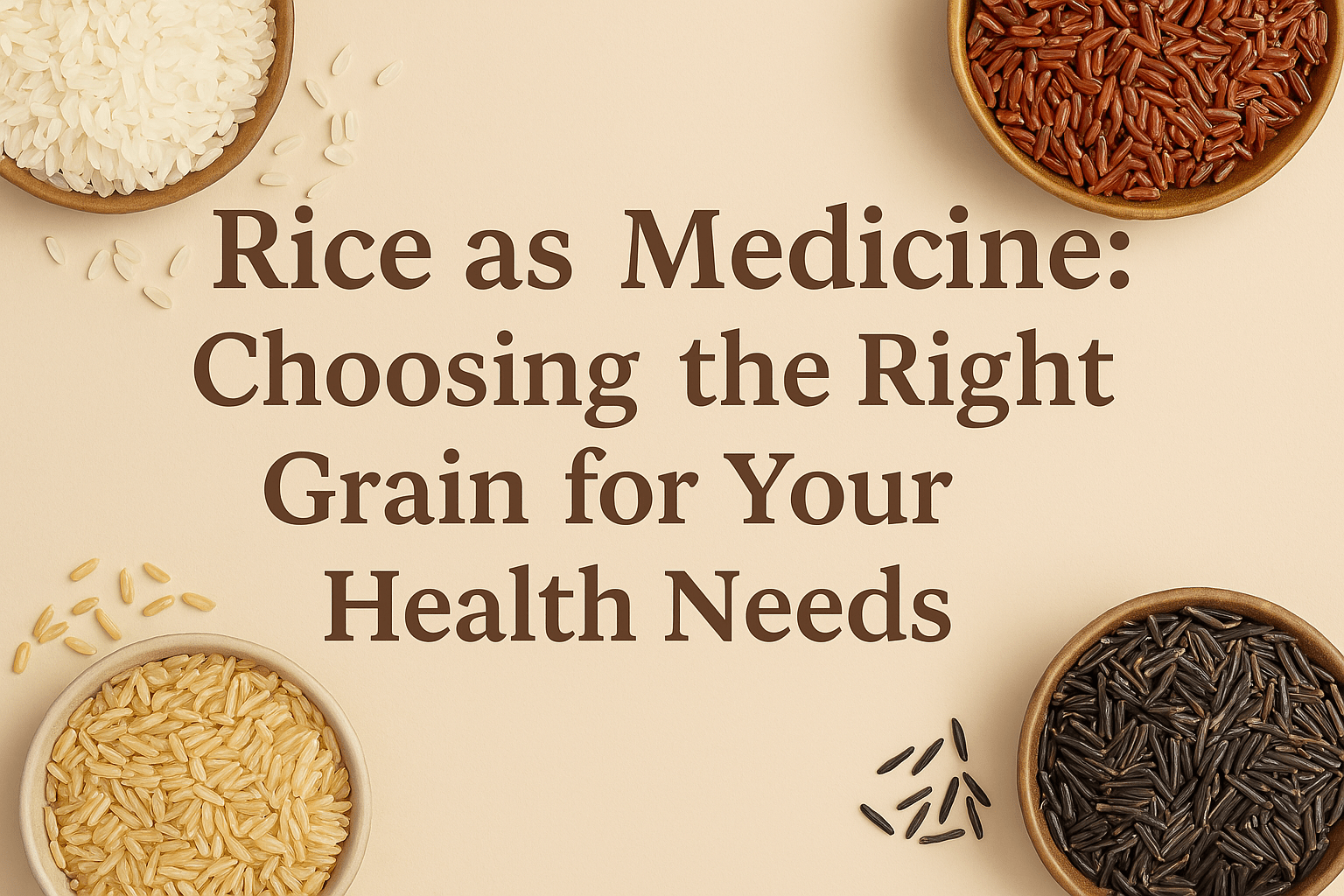Crossing 40 is a major milestone, and it comes with wisdom, strength—and some necessary self-care upgrades. As metabolism slows and hormone levels shift, your body demands a more personalized fitness and nutrition plan. Regular health screenings, mindful fitness routines, and the right multivitamins can make all the difference in keeping you energized, balanced, and glowing.
Here’s Hashtag magazine’s essential guide to staying strong and healthy in your 40s and beyond.
Health Tests Every Woman Over 40 Should Prioritize
1. Hormonal Panel
- Why: Perimenopause or menopause-related symptoms often begin in your 40s. A hormonal check can guide decisions about supplements or treatments.
- Tests: Estrogen, Progesterone, Testosterone, FSH, LH, and Thyroid hormones (TSH, T3, T4).
2. Vitamin D and B12 Levels
- Why: These are essential for energy, bone health, and mood. Deficiencies are common, especially if you spend little time in the sun or follow a vegetarian/vegan diet.
- Tests: 25-Hydroxy Vitamin D, Serum B12.
3. Bone Density Scan (DEXA)
- Why: To detect early signs of osteopenia or osteoporosis, especially if you’re thin or have a family history of fractures.
4. Lipid Profile & Blood Sugar Test
- Why: Heart disease and diabetes risk increase after 40. Regular checks help you stay proactive.
- Tests: Fasting lipid panel, HbA1c, Fasting glucose.
5. Mammogram and Pap Smear
- Why: Crucial for early detection of breast and cervical cancer.
- Frequency: Every 1-2 years (based on family history and prior results).
6. Thyroid Function Test
- Why: Hormonal fluctuations can trigger or worsen thyroid issues.
- Test: TSH, Free T3, Free T4.
Fitness Focus: What Changes After 40?
As you age, lean muscle mass decreases, and fat metabolism slows. Prioritizing strength, balance, and mobility can help.
Ideal Fitness Plan for Women Over 40:
- Strength Training (2-3x/week): To prevent muscle loss and maintain bone density.
- Cardio (3-5x/week): Brisk walking, swimming, or cycling for heart health.
- Yoga/Pilates: For flexibility, core strength, and stress reduction.
- HIIT (1-2x/week): If you’re in good shape, this can spike metabolism and burn fat faster.
Best Multivitamins & Supplements for Women Over 40
As your body changes, nutritional needs shift too. Here are some must-haves:
1. Calcium with Vitamin D3
- Why: Prevents bone thinning and fractures.
- Tip: 1000-1200 mg/day calcium + 600-800 IU/day Vitamin D3
2. Magnesium
- Why: Supports sleep, muscle relaxation, and heart health.
- Tip: Look for magnesium glycinate or citrate, 300–400 mg/day.
3. Vitamin B12
- Why: Keeps energy levels high and brain function sharp.
- Dosage: 1000 mcg/week (oral or sublingual)
4. Omega-3 Fatty Acids (EPA/DHA)
- Why: Great for joint health, mood, and reducing inflammation.
- Dosage: 500–1000 mg/day
5. Collagen + Vitamin C
- Why: To support skin elasticity and reduce joint pain.
- Tip: Hydrolyzed collagen + 500 mg Vitamin C for better absorption
6. Probiotics
- Why: A balanced gut = better immunity, digestion, and skin.
- Tip: Look for at least 5-10 billion CFUs with multiple strains.
7. Coenzyme Q10 (CoQ10)
- Why: Supports heart health and energy production.
- Especially needed: If you’re on statins or feeling constant fatigue.
Final Tips:
- Start with a full-body checkup annually after 40.
- Stay hydrated, manage stress, and ensure quality sleep.
- Make fitness a lifestyle, not just a goal.
- Consult your doctor before starting new supplements—individual needs vary!
Takeaway
Fitness after 40 isn’t about chasing your 20s—it’s about embracing a stronger, wiser version of yourself. With the right fitness plan, regular health checks, and powerful micronutrient support, your 40s can be your fittest decade yet!































